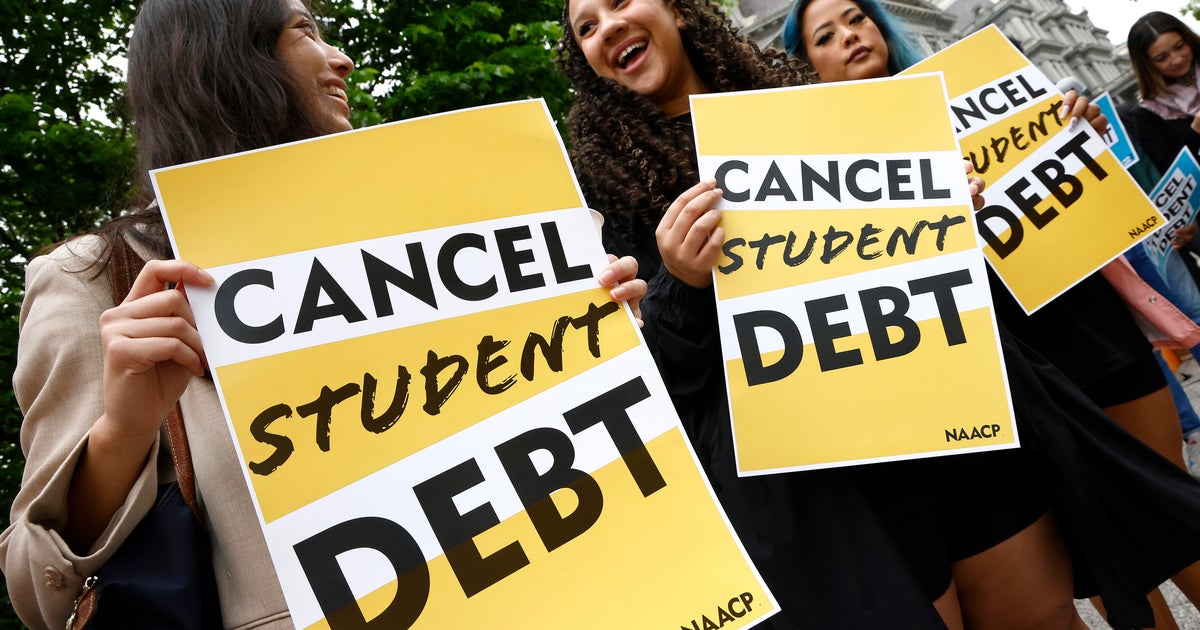The Biden administration’s recent student loan repayment initiative has garnered enrollment from a staggering 4 million individuals within just two weeks of its launch in late July, according to officials from the Education Department. This groundbreaking plan, known as the Saving on a Valuable Education (SAVE) plan, has the potential to substantially reduce monthly repayment amounts for approximately 20 million borrowers. The SAVE plan was initially introduced through a beta rollout and became available to all applicants in mid-August.
Distinguished by its income-driven repayment program (IDR) structure, the SAVE plan bases borrowers’ monthly payments on their income, effectively decreasing their out-of-pocket expenses. The development of SAVE was triggered by prevalent criticisms surrounding existing plans, many of which presented significant pitfalls such as the accrual of interest on borrowers’ debt.
Of the 4 million enrollees thus far, the majority were transitioned from the previous IDR plan known as the REPAYE program. Additionally, an astounding one million additional borrowers have applied for the SAVE program since it began accepting applications this summer. These developments coincide with the resumption of student loan repayments following a three-year hiatus due to the COVID health crisis. It is worth noting that these repayments recommenced a month after President Joe Biden’s proposal to eliminate up to $20,000 in debt per student borrower was blocked by the Supreme Court. Interest recommenced on September 1, and borrowers can expect their monthly payments to restart in October.
How can one enroll in the SAVE program? The application can be accessed on the Federal Student Aid income-driven repayment plan website. The website emphasizes that the SAVE plan replaces the REPAYE plan, and borrowers currently on REPAYE will be automatically transitioned into the newer plan.
Under the SAVE plan, borrowers have the potential to halve their monthly payments or even benefit from monthly payments of $0. According to the Biden administration, many borrowers will save up to $1,000 annually on repayments. The program’s structure is predicated on factors such as income and family size, with lower-income households and larger families having lower payment obligations. For example, a four-person household with an annual income of $60,000 would pay nothing per month under the new plan, whereas a single-person household with the same income would make monthly payments of $227, as indicated by the Education Department.
Who qualifies for the SAVE plan? The Education Department specifies that the plan is available to those with a direct loan in good standing. Loans that meet the criteria for eligibility include Direct Subsidized Loans, Direct Unsubsidized Loans, Direct PLUS Loans for graduate or professional students, and Direct Consolidation Loans that did not repay any PLUS loans taken out by parents. However, other loans must be consolidated into a Direct Consolidation Loan in order to be deemed eligible for the SAVE plan. The latter category includes Subsidized Federal Stafford Loans (from the FFEL Program), Unsubsidized Federal Stafford Loans (from the FFEL Program), FFEL PLUS Loans for graduate or professional students, FFEL Consolidation Loans that did not repay any PLUS loans taken out by parents, and Federal Perkins Loans. There are, however, certain loans that are ineligible for the SAVE plan, namely Direct PLUS Loans for parents, Direct Consolidation Loans that repaid PLUS loans taken out by parents, FFEL PLUS Loans for parents, FFEL Consolidation Loans that repaid PLUS loans taken out by parents, and any loan currently in default.
How does the SAVE plan reduce monthly payments? The SAVE plan effectively reduces the percentage of borrowers’ personal income allocated toward their student loan payments each month. Under the current undergraduate IDR models, borrowers are required to pay 10% of their income above 225% of the poverty line. However, the SAVE plan will slash this percentage in half to 5%, as stated by the Biden administration. It is important to note that this 5% ratio will not take effect until next summer, as communicated by the Education Department. Borrowers with both undergraduate and graduate loans will pay a weighted average ranging from 5% to 10% of their income, based on the original principal balances of their loans.
Denial of responsibility! VigourTimes is an automatic aggregator of Global media. In each content, the hyperlink to the primary source is specified. All trademarks belong to their rightful owners, and all materials to their authors. For any complaint, please reach us at – [email protected]. We will take necessary action within 24 hours.


